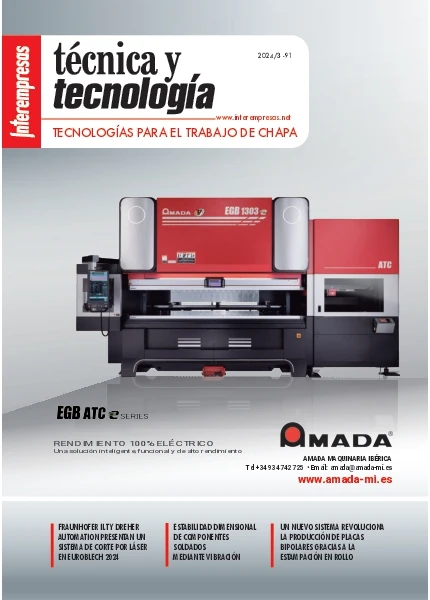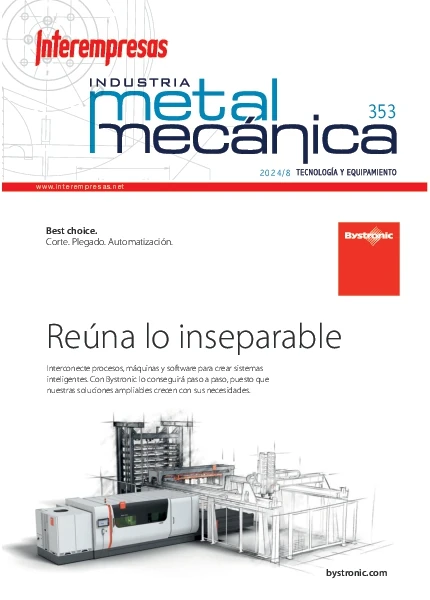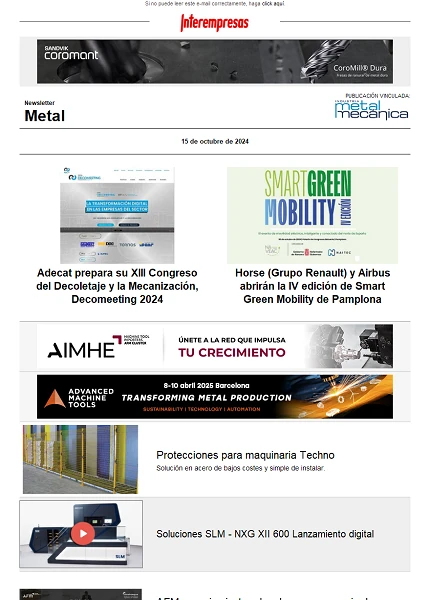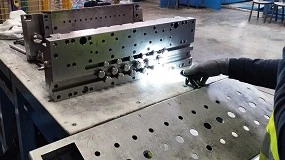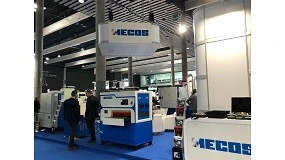High quality in the properties of the recycled plastic
January 19, 2010
Plastics materials are very versatile with a large number of properties that in many cases can be 'customize' depending on the final application. The recycled plastic is the same, can be readitivar to achieve almost the same functionality with Virgin materials. Properties such as ignifugación, resistance to impact, fluidity, color, brightness, such as thermal conductivity, etc. They can be improved through a correct additivity. This may involve an extra outlay which must be studied in each case to achieve the optimum ratio between properties and cost.

Recycled PET detail.
Photo: Ecoembes.
However there is a minimum number of necessary aditivaciones in the world of the plastic recycling to:
1 Avoid degradation during processing and then during their lifetime (termomecánica and photo oxidative degradation).
2 Achieve compatibility between different polymer present in recycling, which is very difficult to obtain pure materials flows.
During processing, plastics are subjected to extreme conditions (high temperature, pressure and shear) combined with ambient oxygen gives place to the rupture of the polymer causing radical chains free that they lead to degradation. This consequence is significant loss of mechanical and aesthetic properties. To avoid this problem are essential additives known as antioxidants that must be added during the pelletising or compounding process. Antioxidants Act neutralizing the radicals and prevent degradation. The most used antoxidantes often be composed organic such as phenols, secondary amines, phosphites or tioeteres. New developments are working with various types of together antoxidantes (primary and secondary) to be able to find synergies and to block the largest number of polymer degradation reactions.
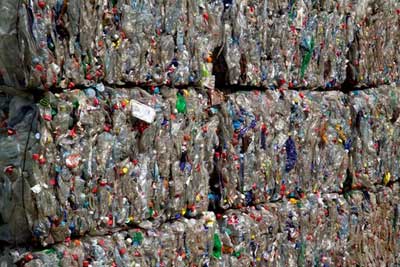
Photo: Ecoembes.
The first act neutralizing radicals and the second, hidroperoxidos, addressing in this way all kinds of radical attacks on the polymer chain. Once processed the plastic and obtained the final pieces, degradation may once again. Applications of foreign or exposed to permanent sources of light the creation of radical may be favoured by ultraviolet radiation, so if the piece, film or sheet requires a durability, will need protection with anti-UV additive, but the loss of mechanical and optical properties will be more than patent. Benzofenonas/benzotriazoles, stabilizers based nickel, amines disabled sterically (HALS), etc. are the anti-U.V. most commonly used and are added during the process of compounding.
The other important aspect to improve recycling is the compatibility between different plastics, very common case in recycling by difficulty of separation due to the presence of various types of plastic in the same product or a product made from different materials. The majority of plastics are immiscible by it when trying to mix in a process of compounding giving rise, in many cases, to laminations and inhomogeneities. The different polarities and chemical structures of different plastics present in the mixture are preventing a homogeneous mixture, giving rise to separations between them that are manifested in breakage or appearances of skins, etc., with consequent reductions in the mechanical and aesthetic properties.

Photo: Jos van Galen.
Polymeric compatibilizantes must be added to avoid these problems. These compounds are polymers compatible with two plastics desired mix and act as a bridge between both plastics getting good adherence and Union including stabilizing the mixture and substantially improving the properties. The use of these compatibilizantes will depend on the two types of plastics to mix, usually when mixed polyolefins (PE, PP) with PA6, PA66 or EVOH usually used anhydride PE-g - MA or PP-g - MA, anhydride-grafted polymer when mixing with polyesters is type PCPET, PBT are copolymers of ethylene and acrylate as the EAA, EGMA, GMA, etc.
Using the combination of the three types of additives described above can be a very important improvement of different streams of recycled material, as it has improved its processing, UV radiation resistant and also achieved a homogeneous mixture with appropriate mechanical and aesthetic properties. All this will have impact on improving the quality of the recycled plastics and will expand its range of applications and their use.


